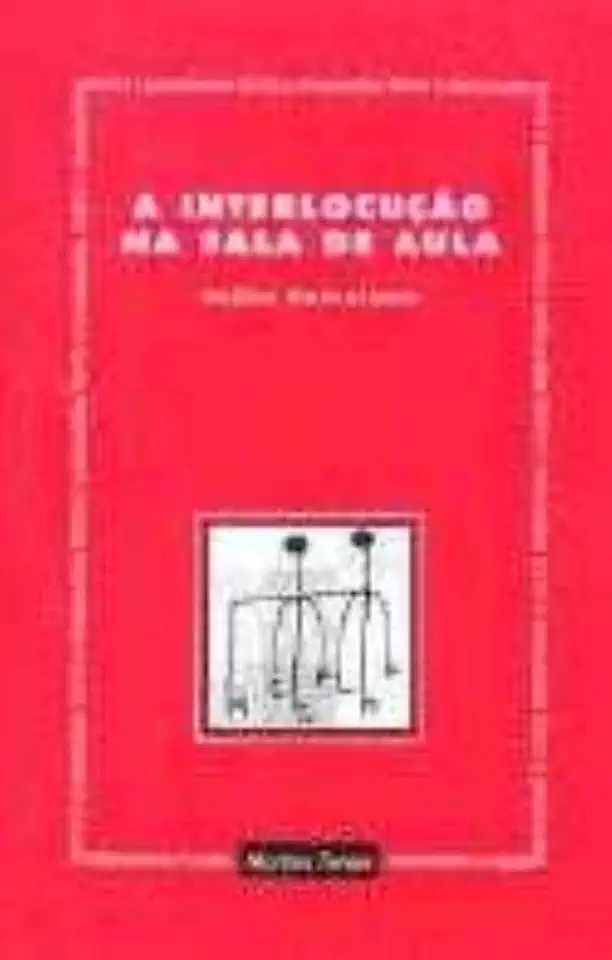
Classroom Interlocution - Nelita Bortolotto
Classroom Interlocution: Language, Power, and Identity in the Classroom
Introduction
In her book, "Classroom Interlocution: Language, Power, and Identity in the Classroom," Nelita Bortolotto explores the complex dynamics of classroom discourse and its impact on language, power, and identity. Drawing on extensive research and real-life examples, Bortolotto argues that classroom interactions are not merely neutral exchanges of information but rather sites of power negotiation and identity construction.
Power and Language in the Classroom
Bortolotto begins by examining the role of power in classroom interactions. She argues that power is not something that teachers simply possess and students lack, but rather something that is constantly negotiated and contested through discourse. Teachers may hold institutional power, but students also have their own forms of power, such as the ability to resist or challenge authority.
The language used in the classroom is a key tool in the negotiation of power. Bortolotto analyzes how teachers and students use language to assert their authority, resist oppression, and construct their identities. She shows how certain linguistic choices can create a more inclusive and empowering classroom environment, while others can reinforce power imbalances and marginalize certain students.
Identity Construction in the Classroom
Bortolotto also explores the role of classroom discourse in the construction of student identities. She argues that students' identities are not fixed entities, but rather are constantly being shaped and reshaped through their interactions with teachers and peers. The ways in which students are positioned in the classroom, the opportunities they are given to participate, and the ways in which their contributions are valued all contribute to the formation of their identities.
Bortolotto emphasizes the importance of creating a classroom environment that allows students to explore and develop their own identities. She argues that teachers should strive to create a safe and supportive space where students feel comfortable expressing themselves and taking risks. By doing so, teachers can help students to develop a strong sense of self and to become more confident and effective communicators.
Implications for Teaching and Learning
Bortolotto's research has important implications for teaching and learning. She argues that teachers need to be aware of the power dynamics and linguistic practices that shape classroom interactions. By understanding how power and language work in the classroom, teachers can create more equitable and empowering learning environments.
Bortolotto also emphasizes the importance of valuing student voice and creating opportunities for students to participate in classroom discourse. By giving students a voice, teachers can help them to develop their critical thinking skills, their sense of agency, and their ability to communicate effectively.
Conclusion
"Classroom Interlocution: Language, Power, and Identity in the Classroom" is a thought-provoking and insightful book that offers a new perspective on classroom discourse. Bortolotto's research provides valuable insights into the complex dynamics of power, language, and identity in the classroom, and her recommendations for teaching and learning are essential reading for anyone interested in creating more equitable and empowering learning environments.
Why You Should Read This Book
If you are a teacher, a student, or anyone interested in education, I highly recommend reading "Classroom Interlocution: Language, Power, and Identity in the Classroom." This book will give you a new understanding of the complex dynamics of classroom discourse and its impact on language, power, and identity. Bortolotto's research is essential reading for anyone who wants to create more equitable and empowering learning environments.
Here are a few reasons why you should read this book:
- It provides a new perspective on classroom discourse.
- It explores the complex dynamics of power, language, and identity in the classroom.
- It offers valuable insights into the ways in which students' identities are shaped and reshaped through classroom interactions.
- It provides practical recommendations for creating more equitable and empowering learning environments.
If you are interested in learning more about the complex dynamics of classroom discourse and its impact on language, power, and identity, then I highly recommend reading "Classroom Interlocution: Language, Power, and Identity in the Classroom."